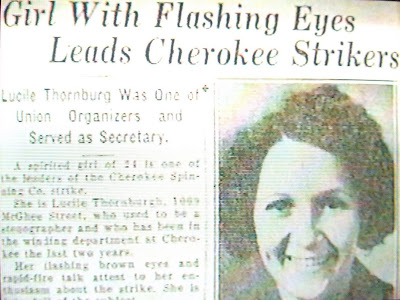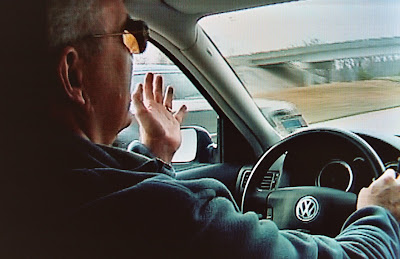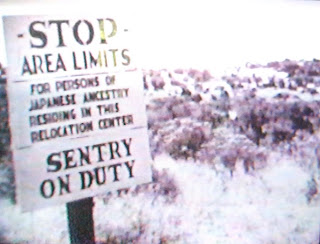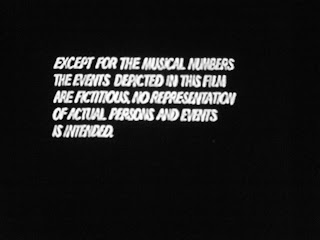


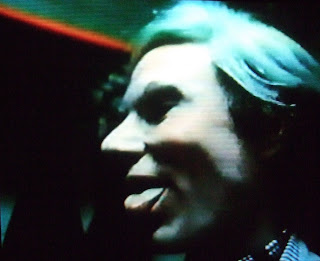 Cocksucker Blues
Cocksucker Blues, its name usually bowdlerized and its content rarely seen and therefore misunderstood, documents the 1972 Rolling Stones tour of the US through the eyes of
photographer Robert Frank. He includes wanton lechery and overindulgence of every possible kind, with some material shot by the band and its entourage with 8mm film cameras. Although the film is decidedly not "high def," the behind-the-scenes footage holds fascination. There's clowning around, getting ready for the shows, boredom in motels, hanging out backstage with roadies and celebrity visitors, and road tripping through Robert Frank's America. Performances appear to be shot with a single camera, giving them an all-access-backstage-pass beauty of their own. Above, the disclaimer at the start of the film, Mick Jagger, Stevie Wonder, Andy Warhol.
